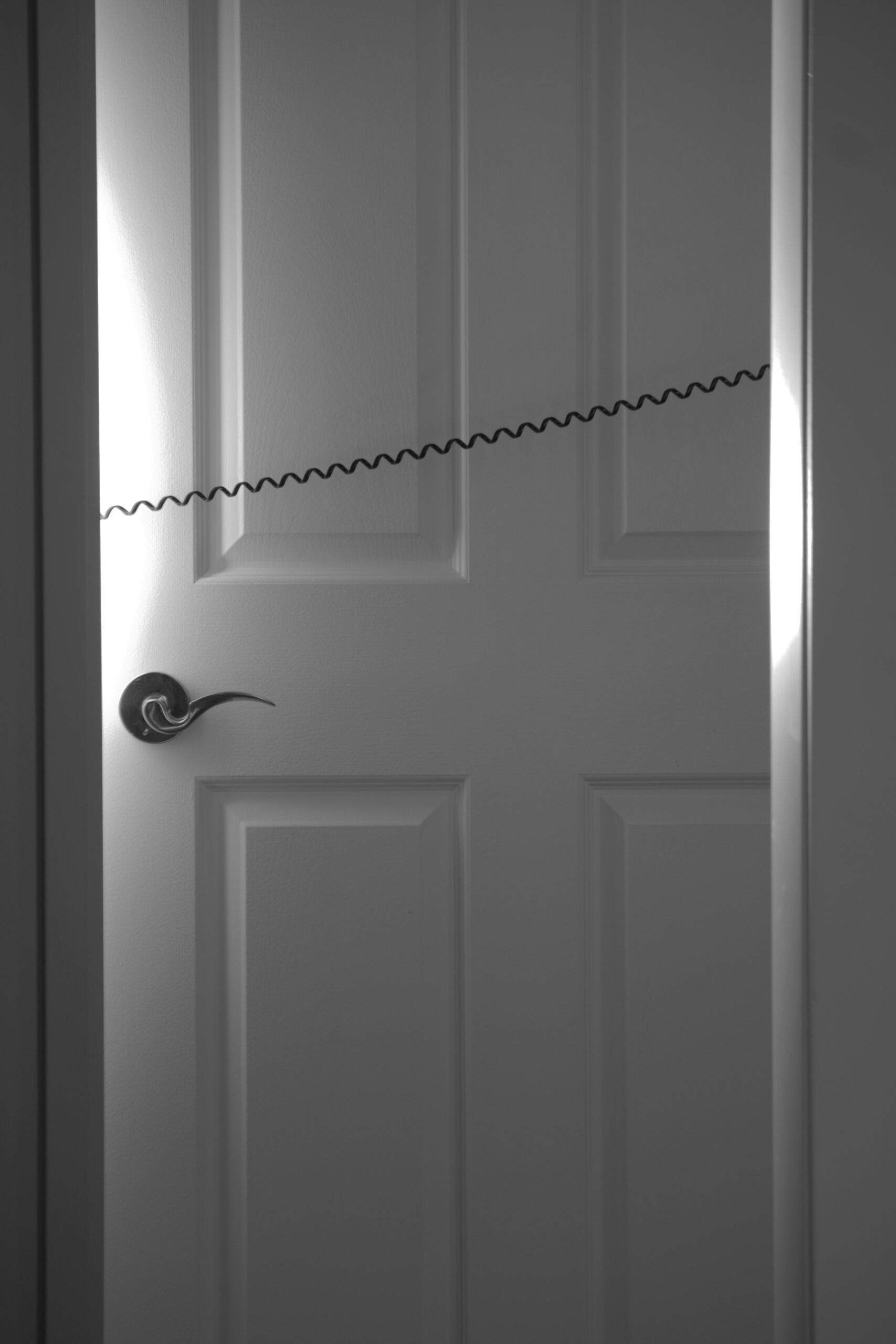Your door is the first line of defense against intruders. While many homeowners invest in alarms and surveillance cameras, the truth is that if your doors are weak, your property is vulnerable. Studies show that more than 30% of burglaries occur through the front door making it vital to ensure that your entrances are as secure as possible.
Whether you live in an apartment, townhouse, or detached home, strengthening door security should be a top priority. In this blog, we’ll walk you through practical steps, from basic reinforcements to advanced upgrades, to help you protect your property and loved ones.
1. Choose the Right Door Material
The foundation of door security lies in the material. Hollow-core doors, while affordable, are easy to kick in. If security is your priority, consider:
- Solid Wood Doors: Durable and classic, but require regular maintenance.
- Steel Doors: Highly resistant to forced entry and cost-effective.
- Fiberglass Doors: Strong, weather-resistant, and offer excellent insulation.
Tip: If your door is old or hollow, replacing it with a solid-core or steel security door should be your first step.
2. Strengthen the Door Frame
Even the strongest door can be useless if the frame is weak. Intruders often target the frame instead of the door itself. Reinforce your frame by:
- Installing a reinforcement plate around the strike area.
- Using long screws (at least 3 inches) to secure hinges and strike plates deep into the wall studs.
- Adding a steel door jamb reinforcement kit for extra resistance against kick-ins.
3. Upgrade Your Locks
A door is only as strong as its lock. Traditional locks can be picked or bumped in seconds. To maximize security:
- Deadbolt Lock: Install a Grade 1 deadbolt with at least a 1-inch throw bolt.
- Smart Locks: Keyless entry with PIN codes, fingerprint recognition, or smartphone access adds convenience and enhanced security.
- Double Cylinder Deadbolt: Requires a key from both sides, making it harder for intruders to unlock if they break glass near the door.
Pro Tip: Always avoid cheap locks. Investing in a high-quality lock system reduces risks significantly.
4. Add a Security Bar or Door Brace
For extra reinforcement, especially at night or when you’re away:
- Door Security Bars: Adjustable metal bars placed under the handle to prevent forced entry.
- Floor-Mounted Braces: Anchor directly into the floor, offering strong resistance against kicks.
These additions are affordable, easy to install, and effective in high-risk areas.
5. Secure Sliding Glass Doors
Sliding doors are attractive but notoriously weak points for burglars. To improve their security:
- Place a security bar or wooden dowel in the track to prevent sliding.
- Install anti-lift devices to stop intruders from lifting the door out of its frame.
- Use shatterproof film or laminated glass to prevent glass break-ins.
6. Install a Peephole or Smart Doorbell
Being able to see who’s at your door before opening it adds another level of safety. Options include:
- Wide-Angle Peephole: A simple, low-cost option.
- Smart Doorbells (like Ring or Nest): Provide live video, two-way communication, and motion alerts directly to your smartphone.
This helps you monitor visitors and deter potential intruders.
7. Use Security Cameras Near Entrances
Visible security cameras act as a deterrent. Place cameras above front and back doors to capture clear facial images. Modern systems can integrate with your smartphone, allowing you to check footage anytime, anywhere.
Pairing cameras with motion-activated lights ensures that intruders cannot approach unnoticed.
8. Reinforce Door Hinges
Weak hinges are another vulnerability. Ensure that:
- Hinges are installed on the inside of the door.
- If on the outside, use non-removable hinge pins.
- Secure hinges with long screws into wall studs.
This simple upgrade prevents intruders from removing your door easily.
9. Consider Storm and Security Doors
Adding a secondary storm or security door provides double protection. These doors are usually made from steel with a secure locking system, making it much harder for intruders to gain entry.
10. Don’t Forget the Garage and Back Doors
Many homeowners focus on the front door but neglect other entry points. Intruders often target:
- Garage Doors: Secure with a deadbolt, security bar, or automatic lock.
- Back Doors: Reinforce similarly to front doors, as they’re often more hidden from neighbors.
11. Add Motion Sensor Lights
Lighting is a powerful deterrent. Install motion-activated lights near your entrances to startle intruders and draw attention. Place them around front, back, and side doors for maximum coverage.
12. Maintain Regular Security Checks
Even with top-notch security installations, regular maintenance is key:
- Check locks and hinges for wear and tear.
- Inspect wooden frames for rot or damage.
- Ensure smart devices are updated and functioning correctly.
13. Layer Security for Maximum Protection
No single solution guarantees 100% security. The key is layering multiple measures:
- Strong door material
- Reinforced frames
- High-quality locks
- Smart surveillance
Together, these create a robust system that discourages intruders.
Conclusion
Your door isn’t just an entryway, it’s the first defense against threats. By upgrading door material, reinforcing frames, installing advanced locks, and layering additional security measures, you can make your home significantly safer.
Remember: burglars often look for the easiest target. By making your door strong and secure, you greatly reduce the risk of intrusion.
Invest in your door’s security today, because peace of mind is priceless.

